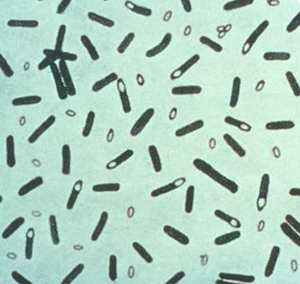There are many different classes of antibiotics, each exerting a different type of inhibitory effect that specifically impacts bacteria. Bacterial cells are prokaryotic; primitive cells that differ significantly from humans’ eukaryotic cells. Antibiotic macrolides work by inhibiting the bacterial cell’s protein synthesis.
Antibiotic Class Article Series
Each article in this series covers a specific class of antibiotic and includes the following information:
- a list of the specific antibiotics that fall within the class (generic and brand names)
- mode of action
- type of infection the antibiotic class is used to treat
- type of bacteria inhibited or killed
- pros and cons of using the class of antibiotics
Some the main classes of antibiotics include:
- Aminoglycosides
- Cephalosporins (a Beta-lactam)
- Macrolides
- Penicillin (a Beta-lactam)
- Quinolones (Fluoroquinolones)
- Sulfonamides
- Tetracyclines
Macrolides
Erythromycin, and closely related antibiotics, are called macrolides. They include the following commonly prescribed antibiotics:
- azithromycin (Zithromax®, Zitromax®, Sumamed®)
- clarithromycin (Biaxin®)
- dirithromycin (Dynabac®)
- erythromycin
- roxithromycin (Rulid®, Surlid®, Roxid®)
Some of the more recent additions the macrolide group are azithromycin and clarithromycin. They work the same way as the other macrolides, but are typically more effective with fewer side effects.
Mode of Action
Macrolides exert their antibiotic effect by binding irreversibly to the 50S subunit of bacterial ribosomes. Ribosomes are the protein factories of the cell, and by binding to the ribosome, macrolides inhibit translocation of tRNA during translation (the production of proteins under the direction of DNA). Although the cells of humans also have ribosomes, these eukaryotic cellular protein factories differ in size and structure from the ribosomes of prokaryotes.
This action is mainly bacteriostatic, meaning that bacterial growth and reproduction are inhibited, in contrast to bactericidal antibiotics which directly kill bacteria. Macrolides can be bactericidal in high concentrations.
Type of Infections Macrolides Are Used For
Macrolide antibiotics are used to treat infections of the respiratory tract, genital, gastrointestinal tract, and soft tissue infections caused by strains of bacteria susceptible to this class of antibiotics.
Antimicrobial Spectrum of Macrolides
Like penicillin, these drugs are effective against beta-hemolytic streptococci, pneumococci, Staphylococci and Enterococci. Macrolides are, however, effective against a slightly wider range of bacteria than is penicillin, including mycoplasma, mycobacteria, some rickettsia and chlamydia.
Pros and Cons of Macrolides
Macrolides are less likely to cause allergy problems than are the penicillins and cephalosporins, and are commonly used in patients with an allergy to penicillin. Macrolide antibiotics can cause irritation to the stomach.
More Antibiotic ResourcesThe information in this article was obtained from a variety of sources, including the text book Foundations in Microbiology by Kathleen Park Talero and Yuri Bayarski’s article Antibiotics and Their Types, Uses and Side Effects. To learn more about bacteria and prokaryotes in general, see the microbiology information found on the science website Science Prof Online.
This article is for informational purposes only and is not meant to be used in the treatment of bacterial infections. If you are ill, see a medical professional.







